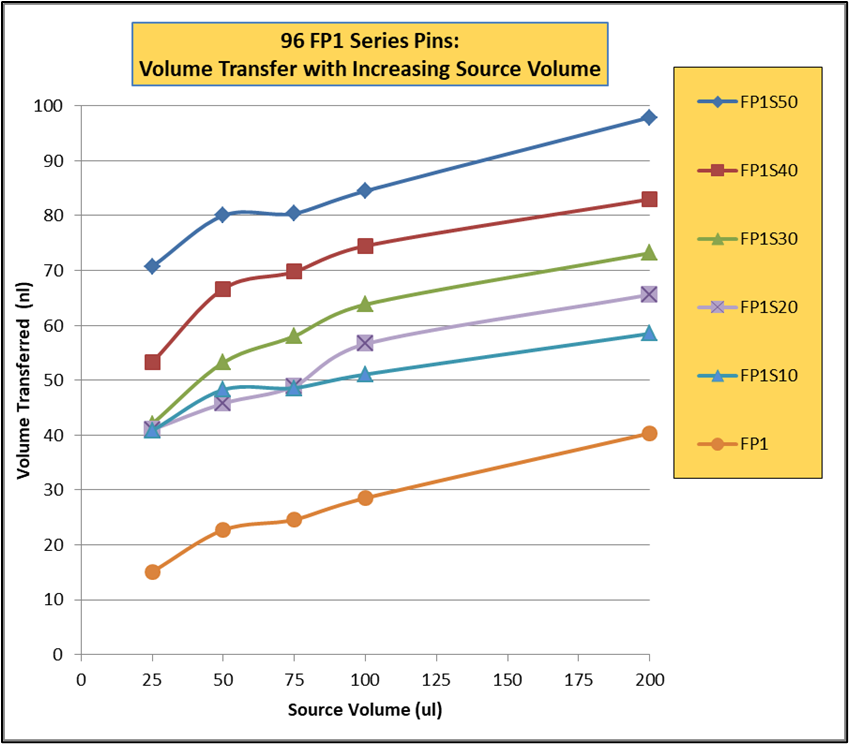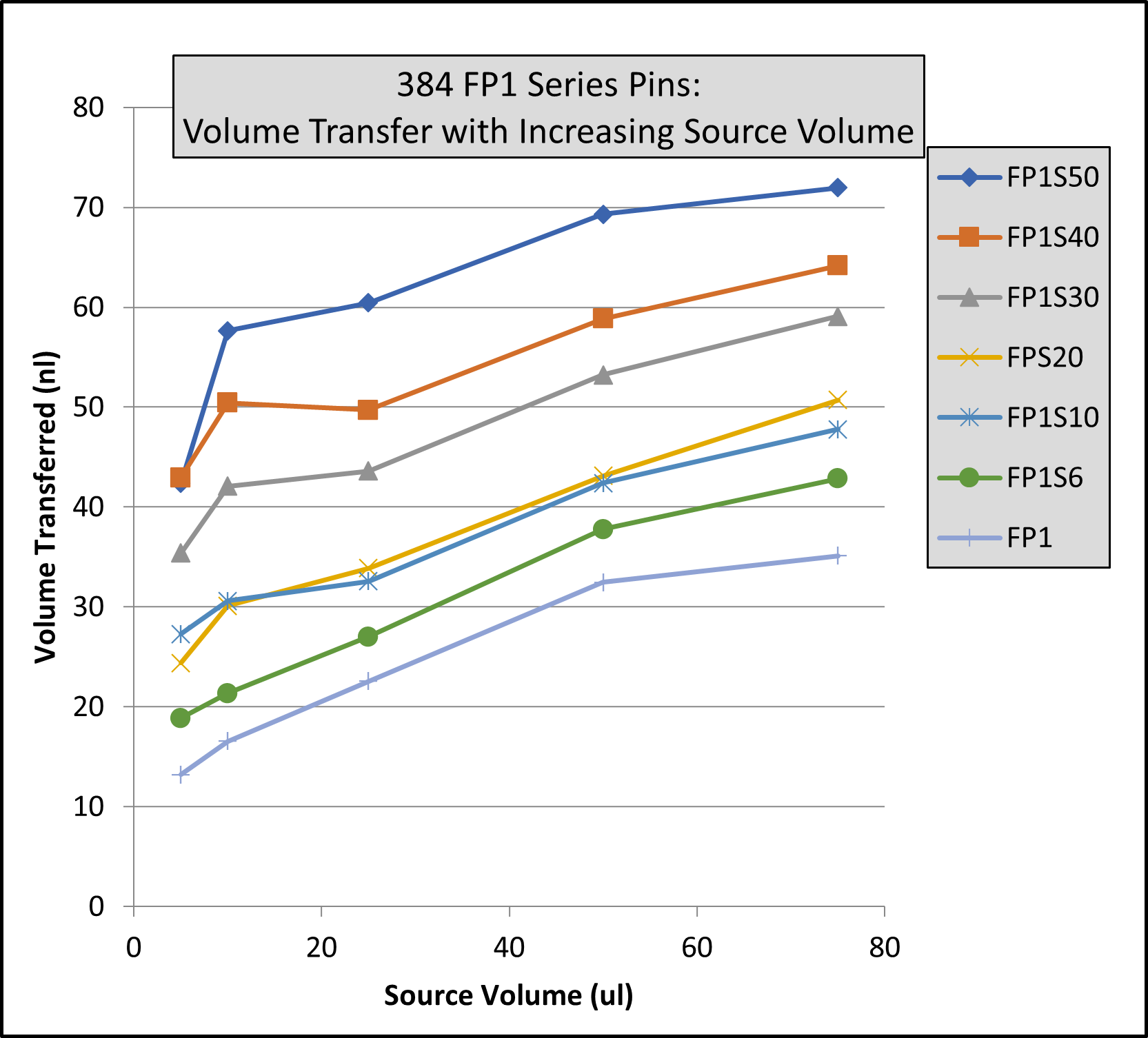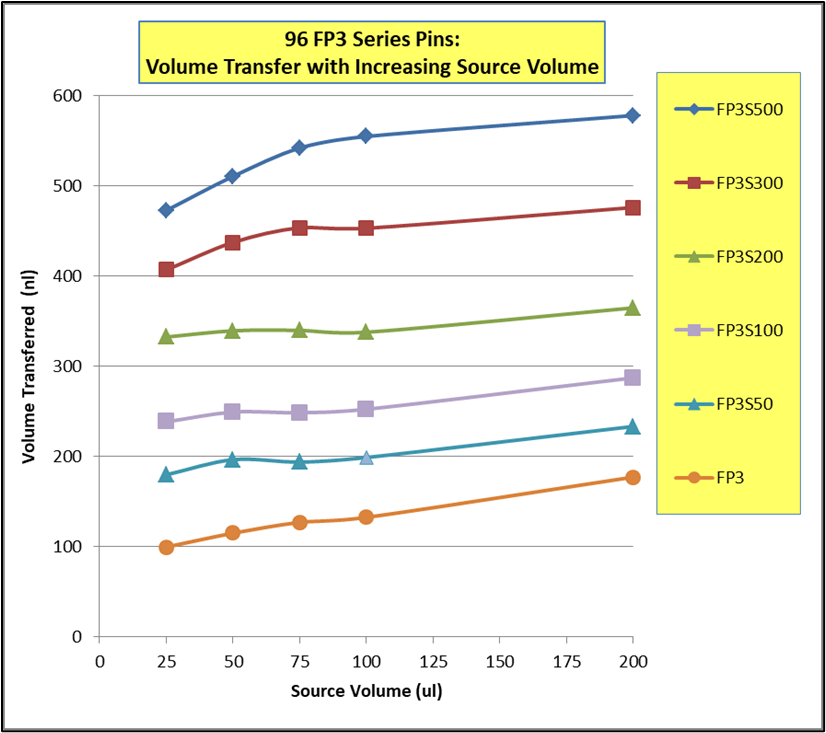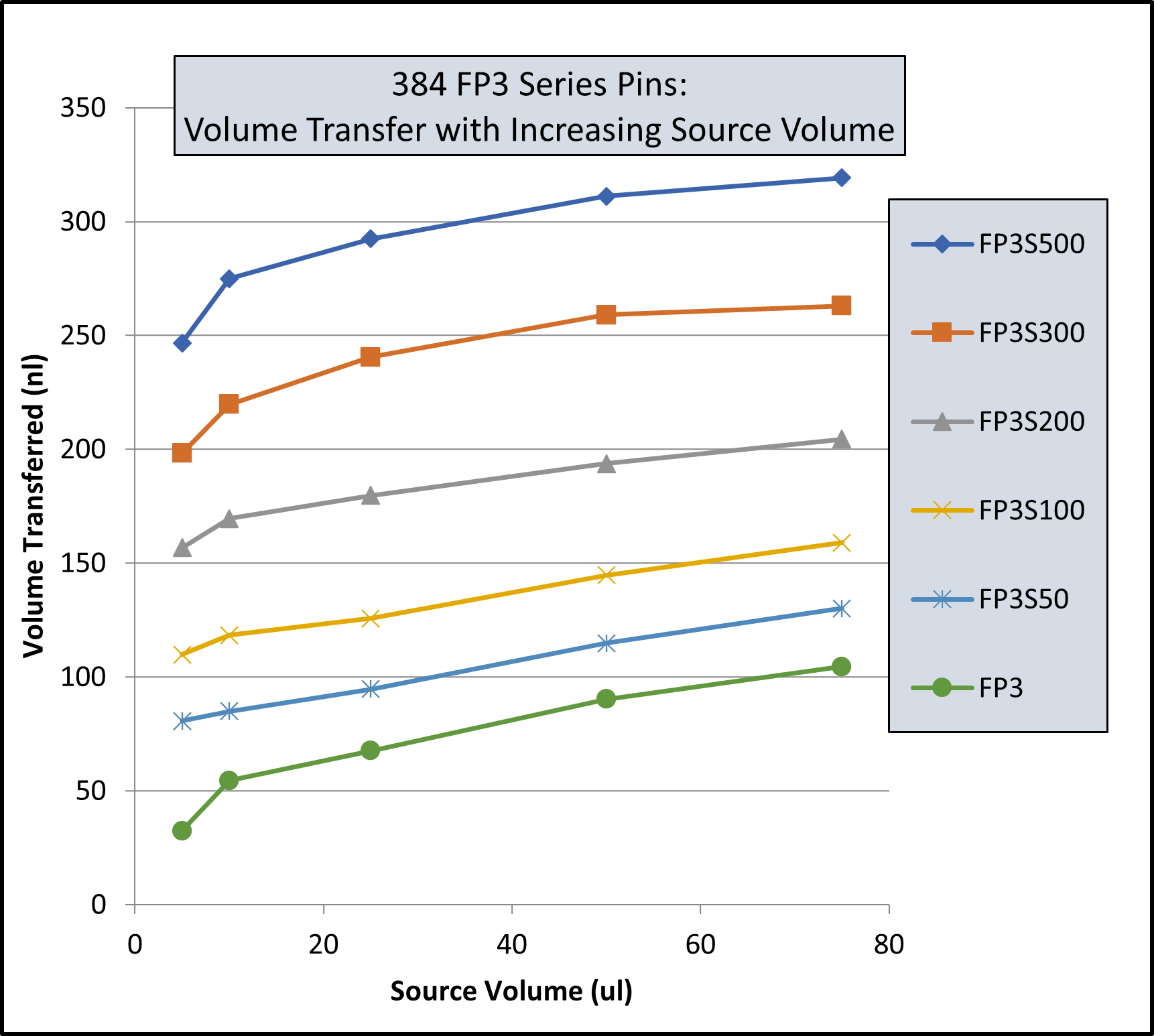Introduction To The Problem
Dr. Raymond, CEO of Ripple Biosolutions, came to V&P for a magnetic bead separation device that would allow him to separate magnetic beads in a 1L bottle. There are very few magnetic bead separation devices on the market for larger volumes. The larger the vessel’s diameter, the further the magnetic field has to be projected to capture the beads in the center of the vessel, and the longer time it takes to capture the beads. A solution is needed for both wide diameter and tall vessels that provides both rapid and secure capture. Conventional magnet solutions take too long and the beads are not held securely during the washing process resulting in bead loss.
Background
Washing beads in a single container is useful regarding speed and consistency. Having a magnetic separation device that would allow them to wash magnetic beads without having to transfer to several smaller containers saves time, and increases consistency.
Dr. Raymond originally purchased a single device, the VP 772FE-500 that was designed for a 500ml bottle. There are 8 Neodymium magnets configured in a Halbach array.
That solution was adequate, but was not optimal as it did not cover the entire height of the 1L bottle. He then purchased a second device and placed it on top; this helped the speed of the separation significantly.
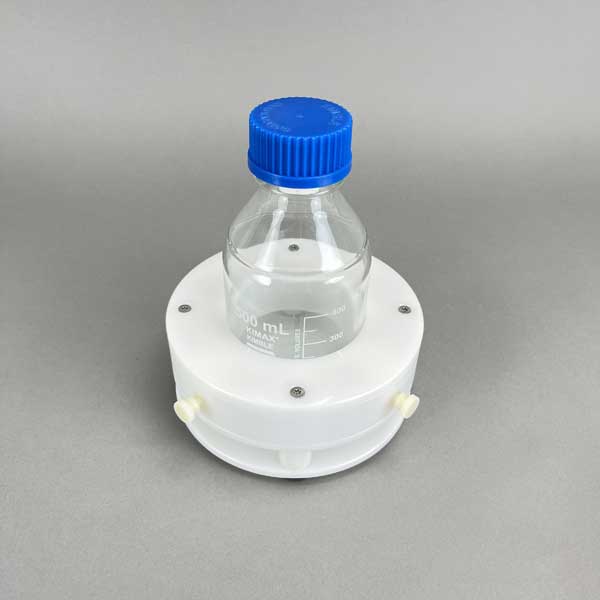

Halbach arrays augment the magnetic field on one side by nearly 2-fold, while almost completely canceling the magnetic field on the other. This creates a concentrated magnetic force on the active side which holds the beads tightly and reduces bead loss during the washing process.
The issue with Halbach arrays and magnetic bead separation is the way the Halbach magnetic field is concentrated, it does not have a far reach but it holds the beads more tightly.
In this application, because the bottle has a small diameter relative to the height, the magnetic field in the Halbach array can reach through to the center of the bottle. In a typical 1L glass bottle, this may not be the case as they are larger in diameter. Furthermore, a single array would not work as the field would not extend enough vertically to cover the entire bottle. We mitigated this issue by stacking 3 arrays to cover more vertical surface area of the bottle.
One of the other requirements that Dr. Raymond wanted was to remove the supernatant by decanting. On the top tier, we added thumb screws that when screwed in, hold the bottle in place tightly while decanting.
The Resulting Device


The device has 2 thumb-screws that hold the bottle in place while decanting. The red dots identify the start of the Halbach array.
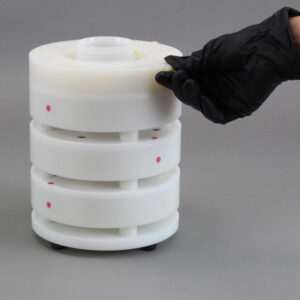
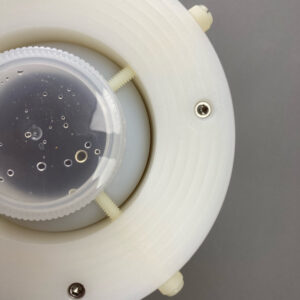
With the bottle in the device, the thumb screws are screwed in. They press up against the neck of the bottle as shown in the photo to the right.
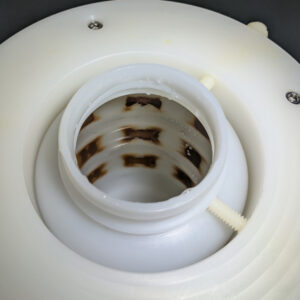
The beads will collect in pellets as shown. There is space between each of the magnets which is why they are segmented. The total of 24 magnets allows for greater surface area and spread of the bead pellets. It took 17 minutes to collect these pellets using Agencourt Ampure XP magnetic beads.
After removing the supernatant, the bead pellets do change in shape, however, retention is not affected. You can see in the image on the right, the bottom is clear of magnetic beads.
Summary
After understanding Dr. Raymond’s application and requirements, V&P was able to design and manufacture a device that increased throughput and optimize his process. Dr. Raymond was gracious enough to provide a testimonial after using the VP 772FE-1L-T.

Testimonial
“We are using large-volume, magnetic bead-based technology to purify circulating cell-free DNA from human plasma. This DNA is used in diagnostic tests for prenatal chromosomal abnormalities, in wellness tests for monitoring the health of transplanted organs, and in cancer “liquid biopsy” tests to identify precision medicines targeted to specific tumors. As our business has scaled, so too has our need for large volume magnetic separation devices. V&P worked with us to identify and manufacture the exact magnet configuration we requested. The resulting one liter separation device has been a mainstay of our manufacturing process and we have used it successfully hundreds of times. Perhaps the strongest endorsement is that our business has grown to the point that we just placed an order for a second unit. Many thanks to the response and friendly staff at V&P.”
Chris Raymond, PhD
Chief Scientific Officer
Ripple Biosolutions
Seattle, WA



